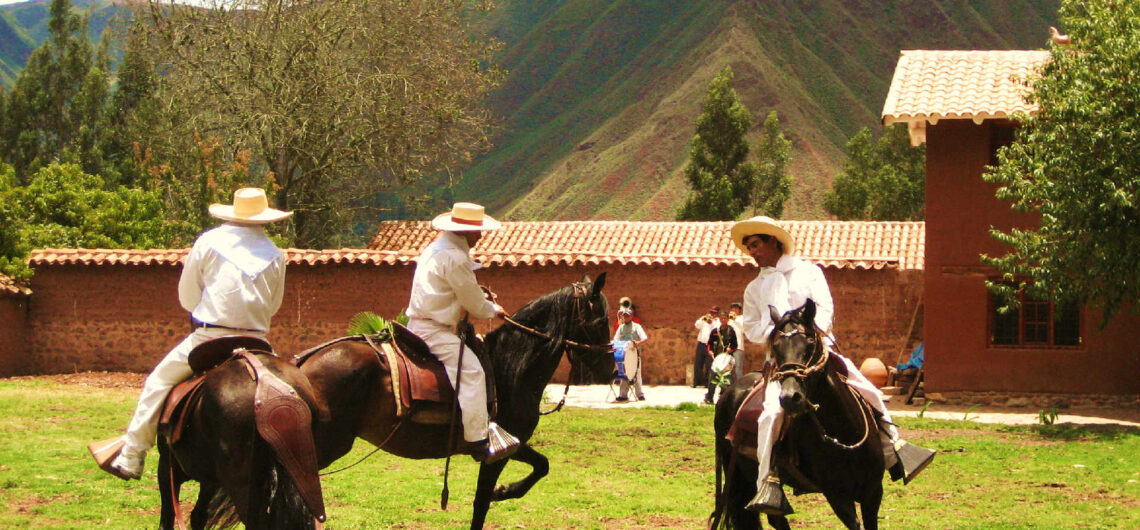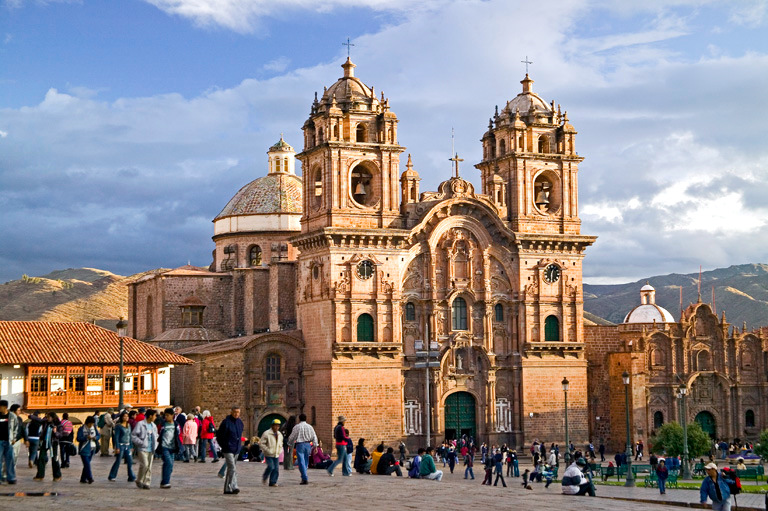A round up of testimonials and reports sent by Aracari guests in June.
In the spirit of the holidays, Aracari just returned from a gift-giving trip to the village of Patakancha set high in the Sacred Valley that surrounds Cuzco. There’s no better feeling than giving back to a community that has given us so much over the past 13 years. For anyone…
Trekking in Peru without camping In the “top ten things to do before you die” list, trekking to Machu Picchu just became more than just a pipedream for those who simply could not face the idea of camping out. Two incredible initiatives have accomplished amazing feats of engineering by building…
Excluding the KLM problems that we have discussed the holiday was a wonderful experience and we will have so many happy memories. The rainforest was terrific and our guide Vico was so helpful and knowledgeable. He always kept us informed with so many explanations of what we saw and his…
The Spanish Conquistadors did more than defeat the Incas in the 16th Century. They sowed the seeds for the evolution of a unique breed of horse, the Peruvian Paso Horse, which is often referred to today as the ‘smoothest ride in the world’. Here we provide information on this special…
Dr John Hemming is an explorer and writer who ran the Royal Geographical Society for 21 years. In addition to Peru, his passion is Amazonian indigenous peoples. His latest book about them is Die If You Must. Brazilian Indians in the Twentieth Century. Here he shares thoughts and top tips for…



